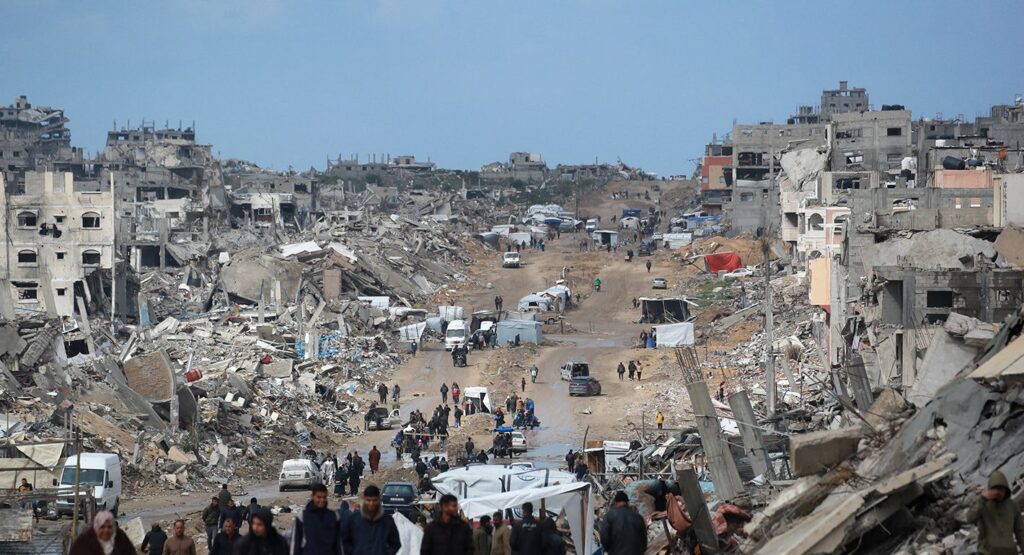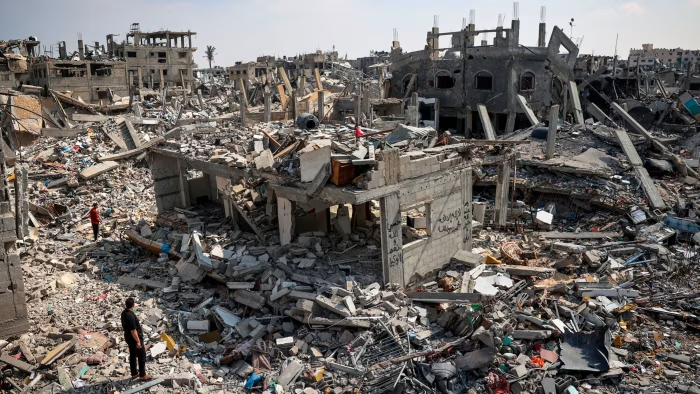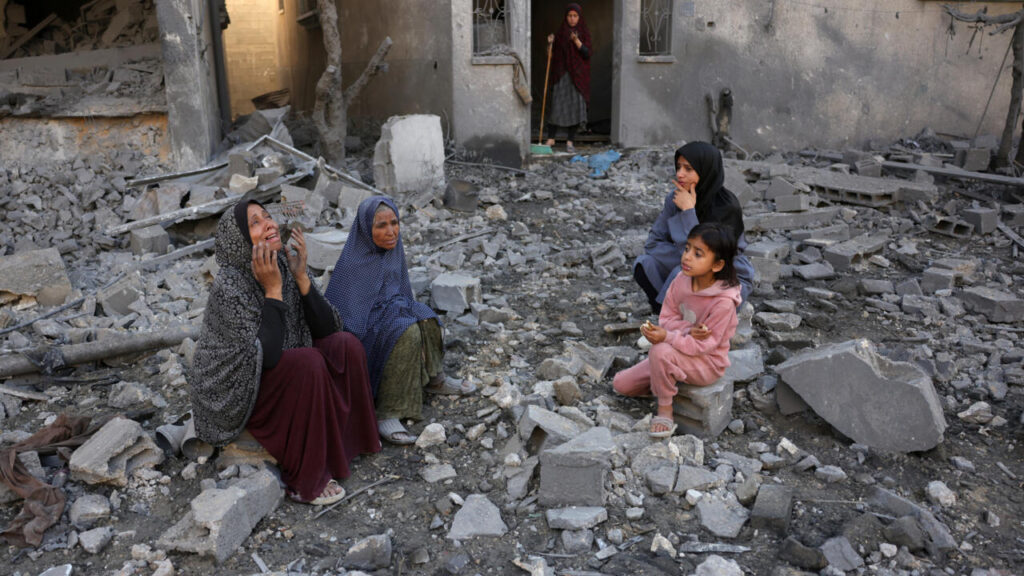The Middle East peace process proves that it is a time of great breakthrough with the series of significant events, which includes a rapprochement between Iran and Israel and a high chance of truce in Gaza. It is still true that many underlying issues pose fateful difficulties ahead that can either break or shake the regional peace.

1. The Israel‑Iran Ceasefire: A Diplomatic Pivot
In a major diplomatic development, an Israel‑Iran truce was the direct result of a situation where the two states found themselves in a war that led to the situation of high alert but lasted for a relatively short period. To be precise, the agreement was orchestrated by U.S./Israel/ and the Iranians almost immediately. Though it is worth mentioning that there was a post-announcing the ceasefire period of no attacks, the success of the diplomatic and international actors in the resolution of the case has been evident.
The news of the truce has sparked off great optimism in the region. It’s now been proven that all military conflicts in the entire Middle East region could be immediately stopped if peace ceased and that the Gaza cease-fire with its tenacity has become a very likely event.
2. U.S. Mediation Paves a Path Toward Gaza
The Israeli‑Iranian ceasefire that is still tenuous has given room for profound involvement of the U.S., which is nowadays hardly predictable. The U.S. taking this most welcome move one step higher has basically been the representative of the Middle East to the extent that it revitalized the direct communication among the conflicting parties responsible for the conflict and paved the way for other backchannels of peacekeeping. Mediators have put on the agenda the release of personnel captured in the cross-border fighting, while the prisoners exchanged issue is being addressed alongside a 2-month-long interim ceasefire proposal .
US envoys with Qatar and Egypt have been central in the efforts for the ceasefire. Hamas’s response is one of caution and openness. It hears that the stage-by-stage exchange of hostages is more preferable than the transfer of all hostages at a time.
3. Hamas’s Position and Controversial Trade-offs
Hamas’s reaction has been moderate towards the peace efforts. Even though the organization has said it approved of the idea of exchanging only some of the prisoners for time being, the leadership still maintains that their ultimate goal is to be included in the agreement.
The issue that remains unresolved is what the processes for releasing hostages will be. Israel is demanding that Hamas should lay down its arms entirely before a sustainable peace agreement can be established, while Hamas thinks that making the releases step by step in the 60-day ceasefire will be enough for the trust to be re-founded. The contradiction indicates the restrictions in politics on the transition of short-term peace to long-term peace.

4. Regional Pressure and Geopolitical Hotspots
The fragile agreement between Israel and Iran is the focus of the new alignment in diplomatic relations. The complete return of the airspace and the regional situation that is calmer if not stable can be maintained; still, the world now talks more about Gaza.
Despite the renewed peace, the killing of civilians by missile strikes in Gaza, alliances, changes in Iran, and Hamas’s and Israel’s political agendas still occupy the headlines today. These are the spots where all the action is.
The international community in the form of the EU leadership, the UN, and China is cooperating to seek peaceful solutions, but their efforts always seem to contradict the realities present on the battlefield and other states’ pressures.
5. Can Ceasefires Be Taken as Building Blocks for Peace?
It is common that temporary ceasefires like Gaza’s 42-day truce (January 2025) or the temporary pause in Ramadan (March) are taking place, offering only brief relief.
- Release hostages
- Improve humanitarian support
- Engage in diplomatic dialogues
But, in the absence of consensus on the most critical issues (border control, disarmament, territory), the ceasefires are quickly breached.
A real an everlasting peace in the Middle East would necessitate that ceasefire agreements are backed by mutual commitments, possibly via the medium of hostage release and hostage swap deals.
6. Put Insurmountable Obstacles
In the event of two simultaneous truce attempts, a plethora of challenges will persist:
- During intermittent intervals in Gaza, Israel persist in performing violent acts which is the case with the latest Israeli air strikes leading to a large number of civilian casualties.
- Iran’s national nuclear programme only further complicates any paved long-term deal, particularly with both states maintaining hedging policies.
- When political discord among Israel, Hamas, and Iran takes place, this could wreak havoc on all the peace-building process.
- The dynamism of public opinion and hostage incidents is cruciala because if hostage safety is an enabler, public resistance could turn the situation around.
7. The Pathway to Peace: What’s Coming Next?
To build on the positive developments, the following steps should be taken:
- Officialize and supervise a 60-day provisional ceasefire with the step-wise release of hostages wsj.com.
- Enlist more mediators to calm the situation: The U.S., Qatar, Egypt, and possibly UN oversight to make sure that the stipulations are duly observed.
- Make these truces work together with humanitarian access and the process of reconstruction of the country.

Final Reflections: Are We Nearer to Peace?
The change from hostilities to a ceasefire not only in one but several different areas is a very significant turning point. Gaza’s ceasefire and the ongoing talks are a glimmer of hope, on which the relief, negotiation, and diplomatic engagement at least could be based. Additionally, the Israel‑Iran ceasefire is the indication of the most unexpected unity within the region.
However, making a stop the turn into forward movement needs to be a journey through the complexity of hostage agreements, political rifts, and power rivalry.
Whether the current situation becomes a stepping stone for the peace agreements in the Middle East or just a brief break depends on the continuous international diplomacy, cooperation among the countries of the region, and practical accountability.

It’s not only a ceasefire, it’s a potential turning point that you can be sure of simply by faring the next month. And if the trend ventures into the next month, the dream of a wide peace might be a reality.